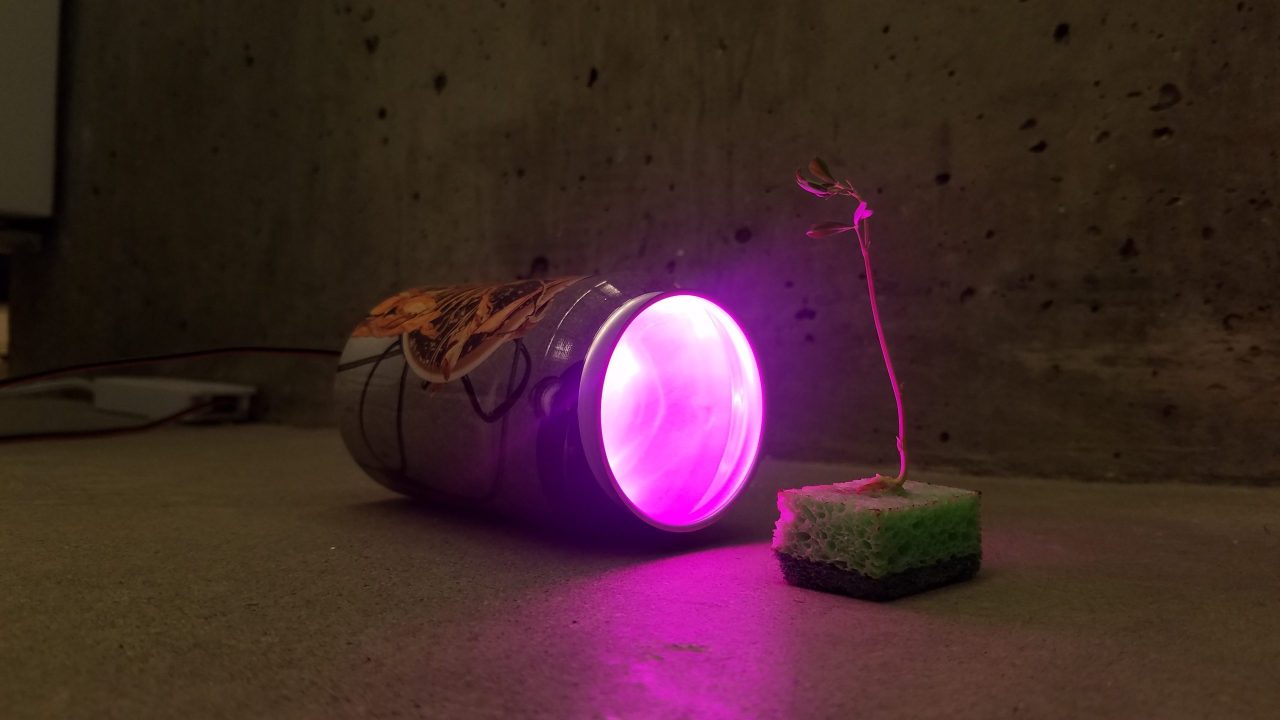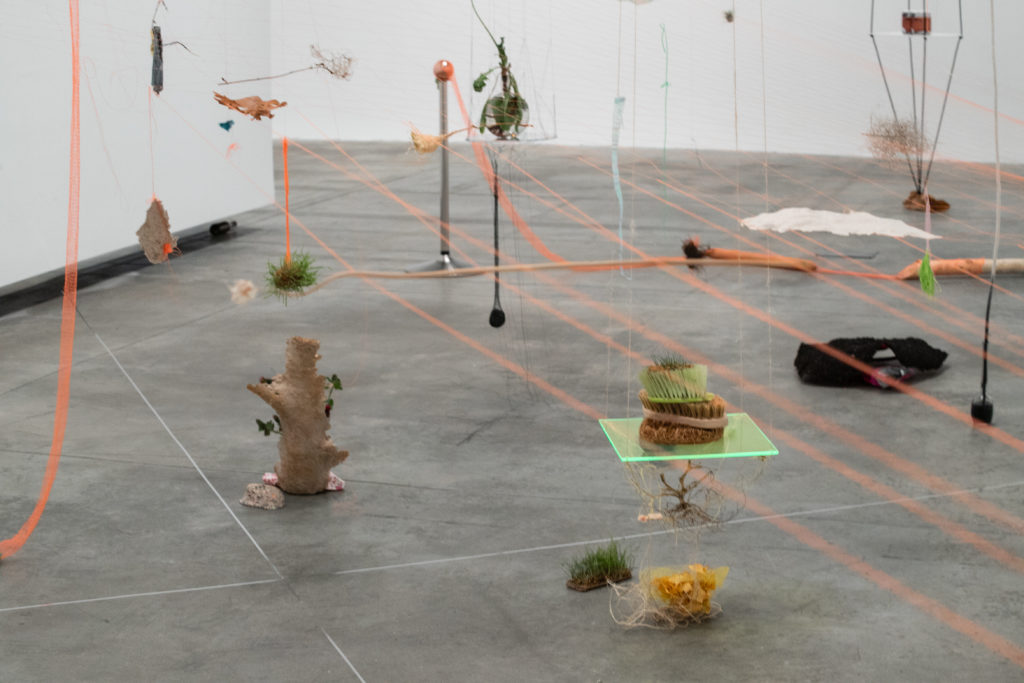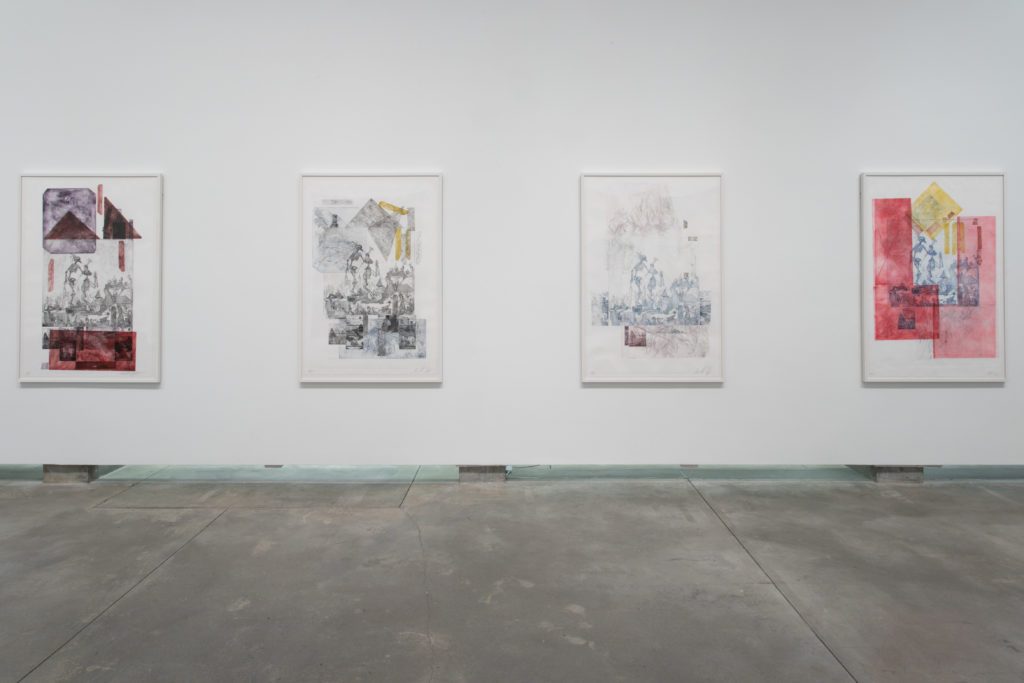31 May 2021
Fata Morgana: Closing Reflections
By Marcus Prasad, Academic Programs Assistant
I find Marina Roy’s introduction to Fata Morgana brilliant. Illusory, ephemeral and ultimately unreal, Roy explains that a Fata Morgana is a rare phenomenon in which an atmospheric duct is created as a result of inverting temperatures on the sea. This duct acts like a refracting lens, bending light as it bounces off distant objects to create an image of something that isn’t actually there. Throughout nautical history, the Fata Morgana was trusted as a real image: it was seen, known, followed and pursued until it was discovered that its physicality was merely a façade. Realities were constructed around its illusion; subjectivity was mistaken for the objective.
This line of thought evokes for me an idea of thought as lines. I think of these lines in the sense of progress, directionality and orientation. We see a goal as something along a line that resides in the distance or at the end, we aim for it and we move forward in an attempt to attain, grasp and embody it. In terms of visuality, the logic of one-point perspective is also evoked through the idea of thought as lines: a mapping of space in which all objects within a given field of perception are understood by their relation to a single point far away. These internalized systems of vision and spatial navigation are examples of how notions of linearity are enforced and understood as something intrinsic, whether or not we are aware of it. A Fata Morgana is therefore a particularly rife concept because of its negation of such an instinct. When the end of the line is proven to be virtually non-existent, where do we go? How do we keep going?
Jacques Lacan might call this disruption of the illusion a geometral shift, where the viewer is not able to extend themselves into space in a linear fashion, nor clearly map their relationship to an object through straight lines (see Lacan’s The Four Fundamental Concepts of Psychoanalysis). If we understand a Fata Morgana to be an incitement to a kind of geometral shift, a catalyst that asks us to reconfigure our orientation in space against linearity, we are presented with a conceptual prism through which we can envision the worlds of possibilities created by each work in this exhibition.
Through complete spatial immersion, transformation and even transubstantiation, I am struck by how each artist in this exhibition has gestured toward a radical futurity in which possibilities of “progress” are refracted in all directions rather than solely forward. Each of them creates their own illusory worlds, their own Fata Morganas, that cite a history, a sense of self or a notion of a familiar spatio-temporal realm that can be extended and expanded into something new.
Dion Smith-Dokkie’s large-scale canvases create a hybrid world in which the analogue medium of painting is informed by first capturing motion on a computer screen, intersecting the lines of an inherent traditionality with those of the digital. Martin Katzoff’s etchings mobilize a sense of the pastiche to demonstrate not simply a collection of influences, but rather that the artist is a product of these moments, a unique subjectivity whose layers of development are overlapping and inextricable. Sol Hashemi’s technical objects transform our understanding of the absolute object through natural processes such as fermentation and photosynthesis as a form of transubstantiation. Xan Shian’s installation allows us to transgress the boundaries of our own bodies into the realm of the wild, to move from a state of familiarity into the unfamiliar. And Natalie Purschwitz’s immersive constellation of directional threads strung through various organic and inorganic objects offer a sense of randomness that bring different realms of knowledge into collision.
Each work in this exhibition references our own bodies and minds in individualized ways and asks us to explore what happens next. Where do your senses naturally go? Where do they want to take you? Why are they taking you there? We are grounded by what we know, we are drawn to what we are familiar with, and the artists take these notions as starting points in order to lead us in new directions. The synthesis of disparate realms and media create hyper-individual and layered worlds for us to play in, spaces of unique possibility borne from the tangibility of our unique senses. The illusory nature of momentarily questioning your reality as a construct of various sensations and memories is here positioned as a moment of productivity. What radical possibilities can you imagine when you transcend bodily constraints?
I take a final glance at the orange threads that spawn throughout Purschwitz’s installation. In one corner, seven lines expand from a single point held together by a white tack; in another, 13. Closer inspection reveals that each line is actually a composite of multiple threads held close together. I think of how they intersect with each other throughout the space to create a kind of grid that does not abide by any uniform logic or equation, like a disruption of an Albertian notion of perspective. Lines cross and overlap, and this time, do not lead toward a single point in the distance. Instead, they point in all directions, emerge from multiple sources and their intersections create a space that is fluid and dynamic rather than one-dimensional.
In her introduction to this exhibition, Marina Roy asks us to think about how each moment in our tumultuous present gestures toward a rather unknowable future, and declares that we are witness to a new generation of artists that are attuned to such an urgency. I take comfort in the myriad directions and possibilities these artists have offered when thinking about the Fata Morgana that is the future, knowing that each one is valuable and important in its own way.
I give thanks to the MFA graduates in this exhibition for their thoughtful provocations into my own understanding of space, art and whatever it is that happens next. I am happy that our lines have crossed here and there throughout my own time at UBC and the Belkin.
Images (from top): Natalie Purschwitz, Unknown Variables (detail), 2021; Dion Smith-Dokkie, Installation View; Xan Shian, Installation View; Sol Hashemi, Installation View; Natalie Purschwitz, Installation View; Martin Katzoff, Installation View. All Works Courtesy of the Artists, All Photos Michael R. Barrick
Related
-
Exhibition
30 April – 30 May 2021
Fata Morgana: UBC Master of Fine Arts Exhibition 2021

The Morris and Helen Belkin Art Gallery is pleased to present an exhibition of work by the 2021 graduates of the University of British Columbia’s two-year Master of Fine Arts program: Sol Hashemi, Martin Katzoff, Natalie Purschwitz, Xan Shian and Dion Smith-Dokkie. This program in the Department of Art History, Visual Art and Theory is limited each year to a small group of four to six artists, who over the two years foster different sensibilities developed within an intimate and discursive working environment.
[more] -
News
11 May 2021
Fata Morgana: Online Extensions
 [more]
[more] -
News
09 Feb 2021
Stations: Instagram Takeover with Marcus Prasad
 [more]
[more]




